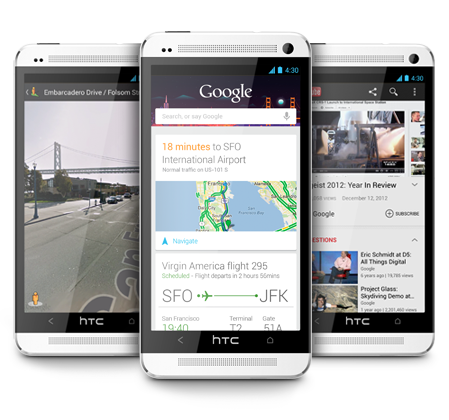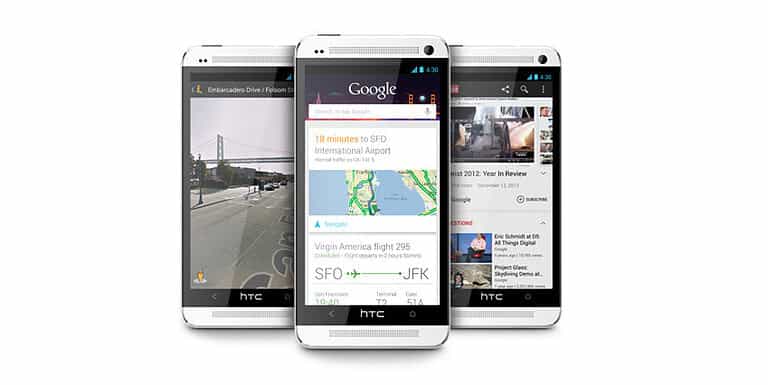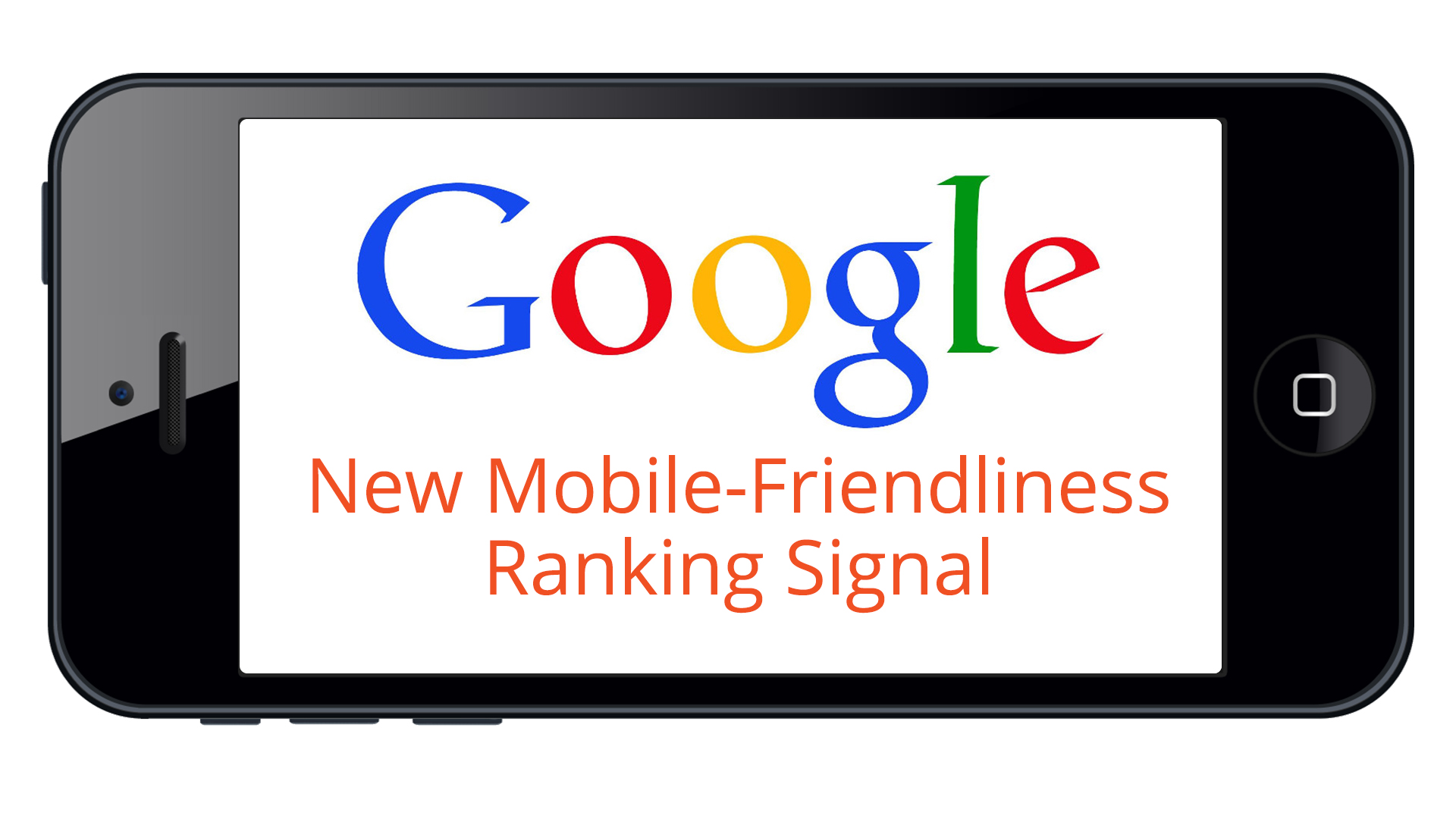Mobile marketing is quickly becoming the most important way to engage and entice your potential customers. If you aren’t marketing to mobile users, you could be missing out on online sales, extra traffic, and potential brand recognition.
Digital Marketing isn’t too far flung from traditional marketing, it’s just in a different space. The internet has truly changed how we interact with brands, and how marketers can engage with consumers.
Because we spend so much time on our mobile devices, and they have become a staple of our daily life, that is why mobile marketing has become a necessary feature of any digital marketing strategy.
After the internet came, and personal computers dominated the late nineties and “noughties”, along came the smartphone. The smartphone once again, revolutionised daily life for many, many people. We are now hyper-connected, with a plethora of information at our fingertips, and we are contactable at pretty much any time we like.
 The smartphone is no longer just a new gadget, it’s a standard piece of equipment that most people own. Not only that, but tablets have become a pretty common feature of the home; and many families may even have one each.
The smartphone is no longer just a new gadget, it’s a standard piece of equipment that most people own. Not only that, but tablets have become a pretty common feature of the home; and many families may even have one each.
We use mobile devices for work, entertainment, research, gaming, browsing, emails, and so much more. That’s why mobile marketing now makes complete sense.
Why do I need to start Mobile Marketing now?
Being part of the next big thing can have a colossal pay-off; and right now, although smartphones aren’t the “next big thing” themselves, marketing on the platform can still be considered a new frontier. Adopting mobile marketing earlier on can give businesses a big advantage over competitors, and allow access to new customers who access the web via their mobile device.
Mobile devices are quickly becoming the new computer for many people; not just an alternative, but a straight-up replacement and their preferred method of accessing the internet.
Many people may use computers at work, and then do not wish to replicate the feeling of “working” at home. For others, the need for a keyboard and mouse simply isn’t a requirement in order for them to peruse the internet and access a couple of apps whilst they watch television in the evening. And because the way in which consumers access the internet and interact with one another (and brands) online, marketers need to adjust. All businesses and marketers alike, need to go to where the customer is.
There is no point in marketing to a consumer market on a desktop website, when the majority are browsing on their mobile phones, and have trouble browsing your website. They will simply go to a competitor of which has a compatible website that is easy to use and allows quick and simple conversions.
Mobile Marketing Boosts Sales
One big reason to pay attention to mobile marketing, is the number of sales that are now conducted via mobile devices. In fact, IMRG and Capgemini found that mobile devices now account for 40% of all online retail sales.
If you aren’t marketing towards these consumers, and providing them a mobile-friendly experience in order to make a sale, then you could be missing out on these sales. And that percentage is only going to continue to grow.
The fact is, that aside from just online sales via mobile devices, there are a number of other ways in which we use our mobile devices in order to shop. For instance, SecureNet found that 55% of shoppers use mobile devices in-store to research products, with 21% purchasing a product online via their phone whilst stood in the store itself. If you own a retail store, then you’re now competing with online stores, too.
Although some customers won’t research online, and others are happy to pay extra for the experience of shopping (or the speed of which they can obtain it), there are many people who will find and try out what they want in store, and then proceed to order it for a better price online.
The rise of Mobile Payments
If mobile sales aren’t enough to entice you to begin mobile marketing, then the rise in popularity of mobile payments should definitely be on your mind.
There are many mobile payment systems floating around (whether it’s PayPal, Apple Pay, Google Wallet, or Amazon Payments), and more people are beginning to use them. In fact, eGifter found 1/4 of consumers will use mobile payments within the next 6 months, and Walker Sands detailed that 40% of consumers have used mobile payment apps in the last year, which is a dramatic growth on the 8% seen in 2013.
For more information, read our blog here:
Ecommerce Evolved: Mobile Payments and Digital Wallets led by Apple Pay and Google Wallet
SEO and Search Result Rankings
Marketing your website towards mobile searchers is also as important as it’s ever been. Mobile marketing is part of good SEO, as the improvement in mobile internet with the likes of 3G and 4G, alongside more time spent browsing the web on tablets, means that you need to encourage mobile users to find your website on Google and other search engines.
Google’s own Think Insights have found that 48% of mobile research begins on search engines; meaning that almost half of consumers researching desired products or services on their mobile began it with a search term. It is these search terms you need to be ranking for, in order to establish yourself as a brand consumers recognise and respect. Higher rankings result in more traffic, more sales, and a greater ROI of your website.
So how do you go about mobile marketing for search engines? SEO is a must, ensuring your website and content is fit for mobiles, alongside targeted advertising campaigns suitable for mobile users. However, the best way to start is with a mobile-friendly website, with the best option being a responsive web design, that will respond and fit to any device it is viewed upon.
From April 21st 2015, Google give higher search rankings on mobile devices to websites with a mobile-friendly web design; and so having a responsive web design is now a part of mobile marketing in general.
To read more on Google’s new mobile-friendliness algorithm update, you can get up-to-date here:
Google will rank Mobile-Friendly Websites Higher starting April 21st
Are your competitors making the most of Mobile Marketing?
If your brand isn’t in the mobile space, then your competitors could have the edge on you. Similarly, if your competitors aren’t making the most of mobile marketing, then you can jump straight in and reap the benefits, as you could be the first business in your field to tailor your marketing directly at mobile users. The potential of increased traffic and online sales would be well worth the investment; alongside the long-term brand image it could help to bolster.
The Internet Advertising Bureau UK found that 80% of the top 250 UK advertisers has a mobile-optimised website, which shows just how important it is. Of those with a mobile website, half of those made use of a responsive web design, as opposed to all other variations (such as a dedicated m-dot mobile site, adaptive sites, and others), which suggests that responsive is catching on and is the way forward for most situations.
For more information on responsive web design, check out our blog on why it’s the best choice below:
Why Responsive Web Design Is The Best Option For Business Going Mobile
Mobile Advertising
Mobile advertising is now very serious, and is worth considering when you’re going through with your mobile marketing strategy. It’s been forecast that mobile advertising spend will overtake desktop spend by the end of 2015; and for good reason too.
When it comes to the adverts themselves, Marin Software found that 44.8% of ad impressions are mobile, and that mobile users also account for 50% of advertising clicks and 46% of online spending. Can you afford to ignore mobile users when they account for so much of online advertising impressions and engagement?
Social Media is Mobile
The power of social media is unquestionable, and is an essential part of any mobile marketing you do. Many people spend a lot of time browsing social media, and many others that may not spend a vast amount of time there, are still frequenting the platforms in order to stay up-to-date, and check up on what they’re friends are doing.
And what’s important in this context, is that more and more people are accessing and browsing social media platforms from their mobile devices, whether on-the-move or at home. This is why it’s the perfect place to creatively market what you have to offer. In fact, 62% of all social advertising clicks are from mobile devices, whether a smartphone or tablet device.
Email Marketing for Mobiles
Email marketing may seem old fashioned by this point, but it is still as effective as ever, and has become a rather underrated platform to market directly to your audience. What is important to remember, is that more and more people are regularly accessing and viewing emails from their mobile device. If your email is formatted incorrectly, or doesn’t get your message across instantly on a smaller screen, then it’s wasted potential.
In fact, Instiller and Wyzowl found that 91% of consumers check email at least once a day, and that on average, they spend around 9 minutes a day in total checking and browsing their emails.
In just 3 years, mobile email opens has increased by a colossal 180%; likely due to the improved functionality and aesthetics of email apps, alongside the fact that more people in general have smartphones.
There has never been a better time to make the most out of mobile marketing, and it’s important to get started as soon as you possibly can. Stay ahead of the competition, and ensure you generate as much business as possible from your inevitable growing base of mobile users.
If you need a hand in getting started with mobile marketing, or are looking for a more comprehensive digital marketing package, then get in touch with the team here at Xanthos, who have been helping businesses increase their ROI for over 12 years.













